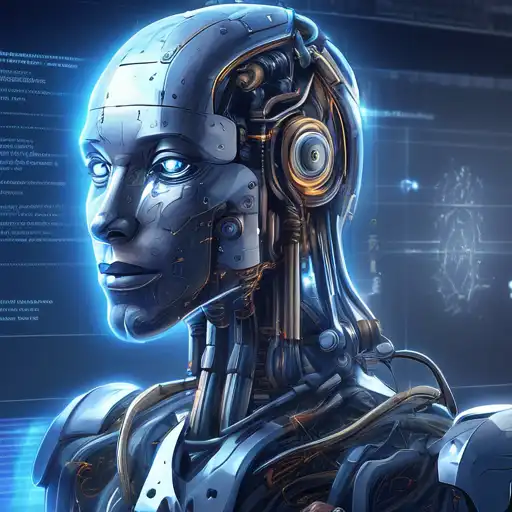Introduction to AI Myths
Artificial Intelligence (AI) is a rapidly evolving field that has captured the imagination of many. However, with its growth, numerous myths and misconceptions have surfaced, especially among beginners. This article aims to debunk some of the most common AI myths, providing clarity and a better understanding of what AI truly is and what it can do.
Myth 1: AI Can Think and Feel Like Humans
One of the most prevalent myths is that AI possesses consciousness or emotions similar to humans. In reality, AI operates based on algorithms and data. It can simulate certain aspects of human thought processes but does not experience feelings or possess self-awareness.
Myth 2: AI Will Replace All Human Jobs
While AI is transforming the job market, the idea that it will replace all human jobs is an exaggeration. AI is more likely to automate repetitive tasks, allowing humans to focus on creative and strategic roles. The future of work is about collaboration between humans and AI, not replacement.
Myth 3: AI Is Infallible
AI systems are only as good as the data they are trained on. They can make mistakes, especially if the training data is biased or incomplete. Understanding the limitations of AI is crucial for its effective and ethical use.
Myth 4: AI Development Is Only for Tech Giants
Many believe that AI development is exclusive to large tech companies. However, with the availability of open-source tools and platforms, individuals and small businesses can also participate in AI innovation. The democratization of AI technology is making it more accessible than ever.
Conclusion
Debunking these myths is essential for beginners to approach AI with a realistic perspective. AI is a powerful tool, but it's important to understand its capabilities and limitations. By dispelling these misconceptions, we can foster a more informed and productive discussion about the future of AI.
For those interested in learning more about AI, consider exploring our tech education section for additional resources and guides.
